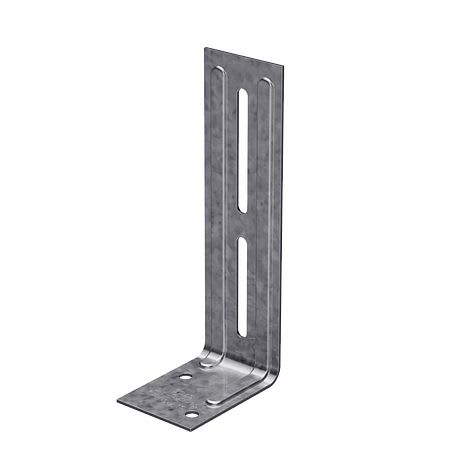bspace123
Electrical
- Sep 3, 2009
- 27
Hello
I have just installed roof trusses which are designed to hold a metal roof. The installation manual from the truss manufacturer states to secure internal non load bearing walls using L Brackets, where the bracket is attached to the wall top plate and to the truss bottom chord. The manual states that the brackets are to be nailed right onto the top plate but only install nails half way in to the bottom chord. This is to allow the trusses to move.
The truss manual is located in the link below (refer to pg6):
The problem with this approach is, with long non load bearing walls, there’s no way of securing them to anything but the lower chord. If brackets are fixed loose to the bottom chord then the walls shake.
Is there any alternative approach that will allow better securing of the internal walls?
The truss manufacturer advise this is not their issue. Most other builders I know ignore the advise and fix the non load bearing walls directly to the trusses.
I have just installed roof trusses which are designed to hold a metal roof. The installation manual from the truss manufacturer states to secure internal non load bearing walls using L Brackets, where the bracket is attached to the wall top plate and to the truss bottom chord. The manual states that the brackets are to be nailed right onto the top plate but only install nails half way in to the bottom chord. This is to allow the trusses to move.
The truss manual is located in the link below (refer to pg6):
The problem with this approach is, with long non load bearing walls, there’s no way of securing them to anything but the lower chord. If brackets are fixed loose to the bottom chord then the walls shake.
Is there any alternative approach that will allow better securing of the internal walls?
The truss manufacturer advise this is not their issue. Most other builders I know ignore the advise and fix the non load bearing walls directly to the trusses.


![[bigsmile] [bigsmile] [bigsmile]](/data/assets/smilies/bigsmile.gif)